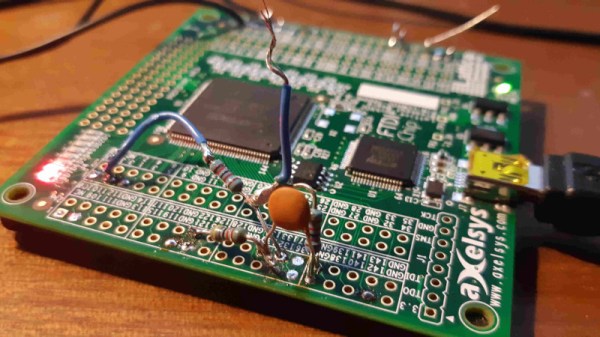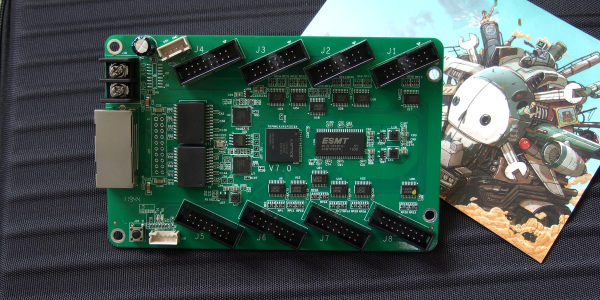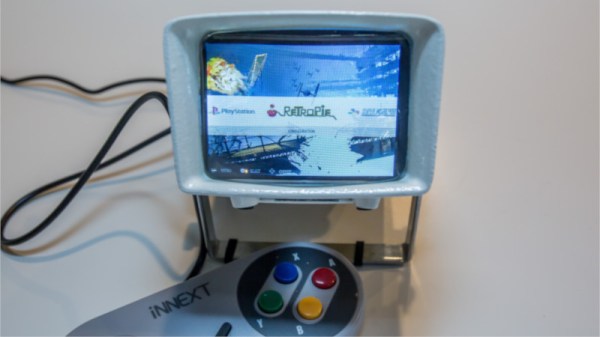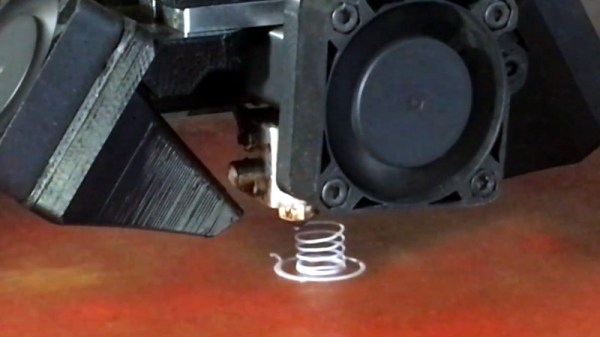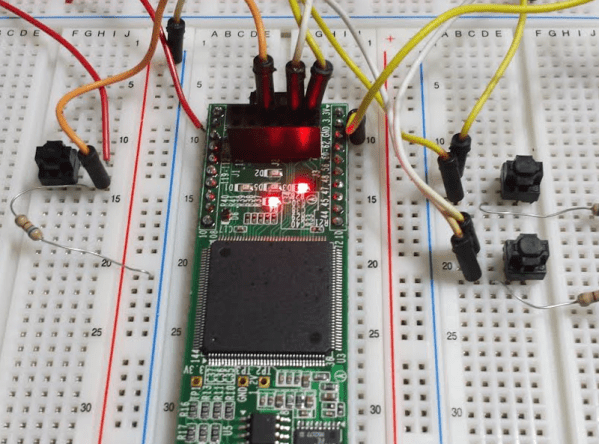There was a time when making a radio receiver involved significant work, much winding of coils, and tricky alignment of circuitry. The advent of Software Defined Radio (SDR) has moved a lot of this into the domain of software, but there is of course another field in which a radio can be created via code. [Alberto Garlassi] has created a radio receiver for the AM and HF bands with a Lattice MachXO2 FPGA and minimal external components.
 He describes it as an SDR, which given that it’s created from Verilog, is a term that could be applied to it. But instead of using an SDR topology of ADC and digital signal processing, it implements a surprisingly traditional direct conversion receiver.
He describes it as an SDR, which given that it’s created from Verilog, is a term that could be applied to it. But instead of using an SDR topology of ADC and digital signal processing, it implements a surprisingly traditional direct conversion receiver.
It has a quadrature AM demodulator which has a passing similarity to an SDR with I and Q phased signals, but that’s where the similarity ends. Frequency selection is via an oscillator controlled from a serial port, and there is even a PWM amplifier on board that can drive a speaker. The result can be seen in the video below, and as you can hear the direct conversion with quadrature demodulator approach makes for a very effective AM receiver.
If this is a little much but you still fancy a radio with minimal components, you should have a look at the Silicon Labs range of receiver chips.
Continue reading “An FPGA And A Few Components Can Make A Radio”

